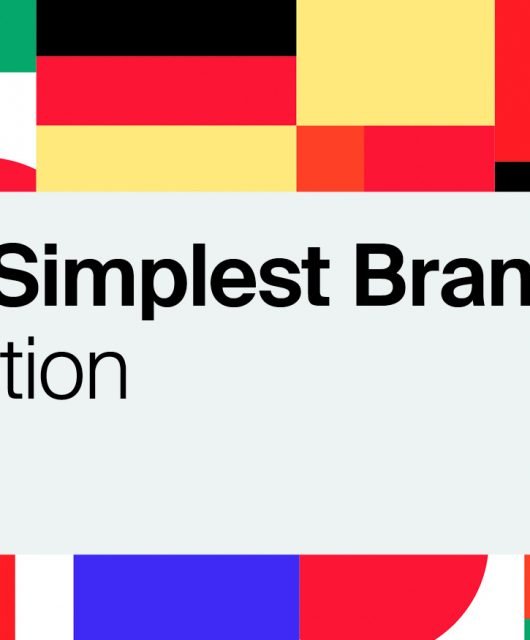They Don’t Know You Like I Do: Customer Experience And Personalization As Key Competitive Advantages, By Nourah AlFayez
Tom Knighton, the Executive Vice President of Conversant, said, “Customer experience is the next competitive battleground. It’s where business is going to be won or lost.” The fuel for customer experience is the data companies collect, both online and offline, to power how they craft these experiences. However, a recent Sailthru survey found that only 33% of marketers are able to leverage their data to predict the needs and actions of their customers.

We often joke about how unsettling remarketing can be – when we take a look at a product on a website and suddenly see an ad for it everywhere we go. There is a fine line between personalization and stalking; the objective is to personalise in a way that adds value, enhancing the experience of your customers and users. When we talk about personalization, most people think exclusively about online advertising. However, personalization should be viewed much more holistically. For example, if you are a hotel chain and a customer shows a high degree of engagement on your online ads featuring the bedding you offer, he or she may appreciate being asked at check-in what type of bedding they would prefer. It should also be possible to leverage data to personalise the other way around.
Integrating your CRM data should allow you to approach your existing client base with offers online that will resonate with them. The more relevant the ads are to them, the less likely it is that they will find them intrusive. Personalization should permeate every aspect of your customer experience approach and even inform how you develop your products or services. Information about your customers and users gleaned from your online interactions with them should also be leveraged when you interact with them in store, over the phone or through any other means of communication. Of course, access to this data is a privilege not a right. You must ensure that you are only collecting data that will be used to enhance the customer experience. Consent must be obtained and your customers should understand what data is being collected and how it will be used. Based on research, we know that customers prefer a personalised experience. A Sailthru study from June 2022 found that 71% of consumers would shop more with brands that offer a personalised experience; however, they do expect their data to be handled with care.
Looking for correlations and patterns in your data is also incredibly important; using the preferences and interests of your customers to inform your offering will cultivate a direct connection with your brand. This requires having all your offline and online data connected and conducting correlation analysis to understand where the connections lie. For example, if you find that several people who are interested in stocks and trading are also engaging with your ads for your energy drink – perhaps to stay awake for international markets – then you may need to address this unexpected segment in your messaging and even in deciding where you choose to advertise. Many marketers have already decided who their customers are, but the data can often reveal opportunities they’ve never considered before. Netflix, for example, discovered that women in their seventies made up one of the biggest segments of viewers of Breaking Bad. As a result, they quickly learned that demographic data tells them very little about the content users like to consume on their platform. Never stick to your preconceived notions of who your customers may be. Instead, use the data to find them and personalise your approach towards them accordingly.
Being able to leverage data not only to personalise in the moment but also to prepare for the next moments your customers will be living through is critical. Knowing that your customer base’s tastes and preferences are continuously evolving and altering your products or services quickly in response will allow you to remain competitive. Adjusting your ad messaging is the simplest way to do this. Look at brands that were not able to respond quickly enough to the changes brought about by the pandemic; their ads seemed tone deaf and were not at all reflective of what their customers were going through. An ad by KFC in the UK focusing on finger licking at the beginning of the pandemic is an apt example.
Personalization is a way for brands to establish a direct relationship with their customers – no longer with segments but with individuals. Showing your customers that you understand them and tailoring your offering to their needs gives you an edge over the competition. However, to do this effectively, you need to ensure you are collecting data in a privacy safe way that is respectful to your users, integrating both your online and offline data, analysing your data regularly and not in a set and forget manner and applying learnings from this data to the full spectrum of customer touch points. You also need to encourage a mindset shift within your organisation. To rally the entire organisation around the need to personalise, different departments, beyond your marketing teams, will need to collaborate. The importance of personalization must be understood and embraced across teams and levels within your company. Spending the time to educate and evangelise this approach will be the only way to ensure its sustainability.
Disclaimer: Views expressed are my own and not Google’s





